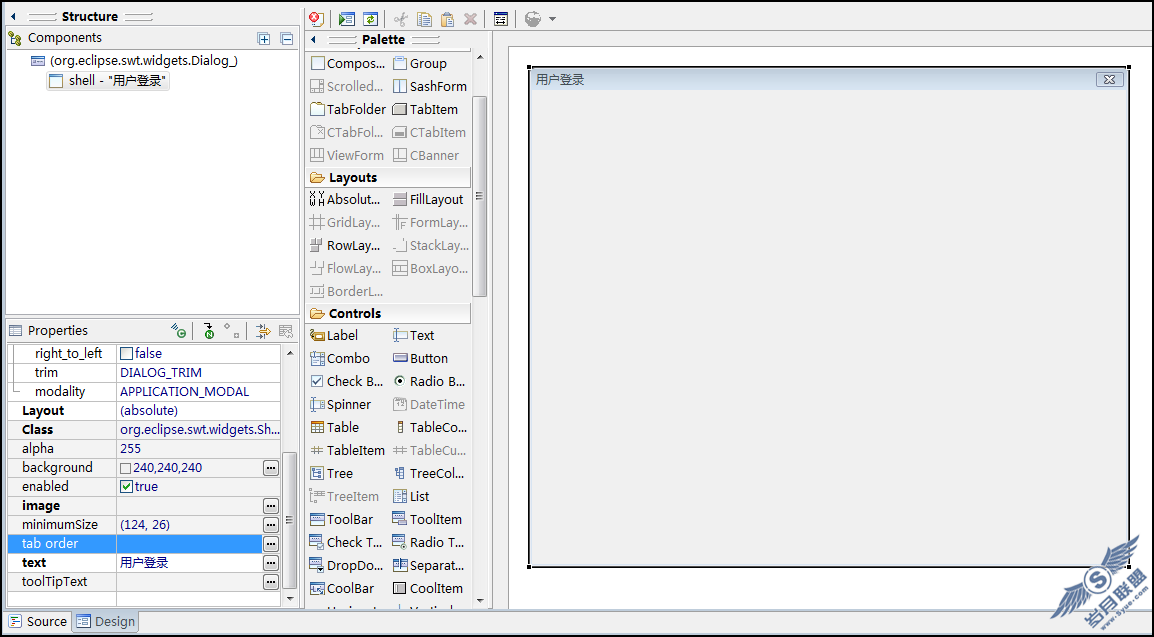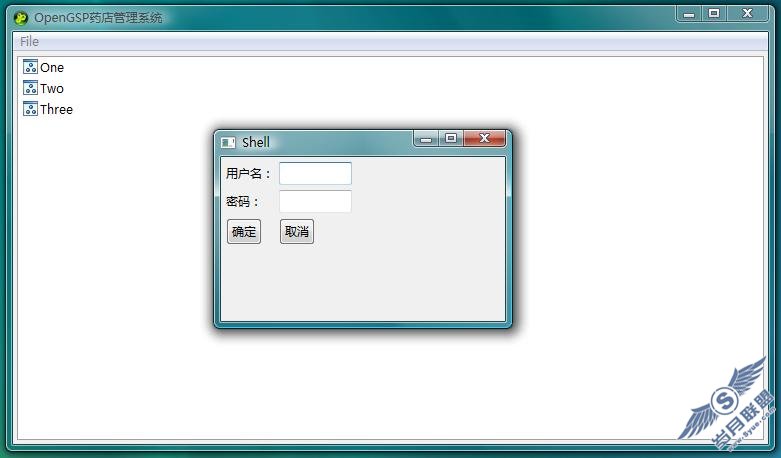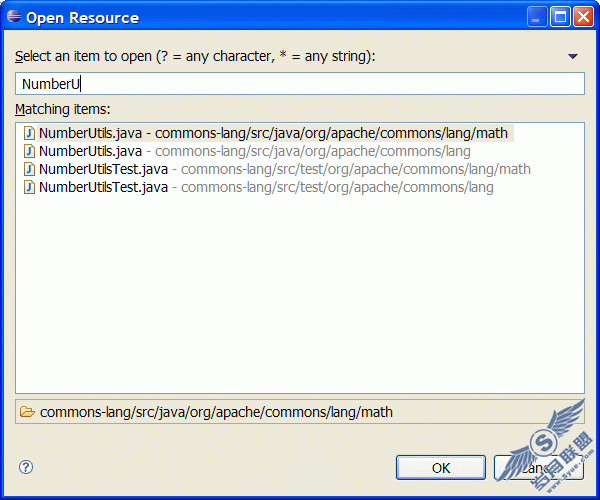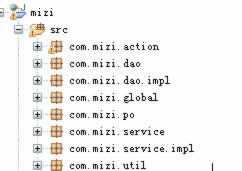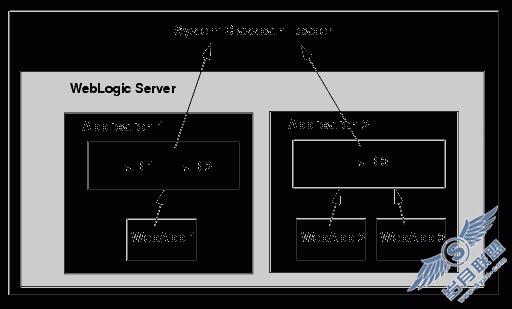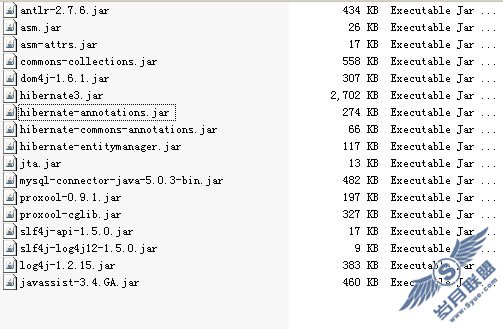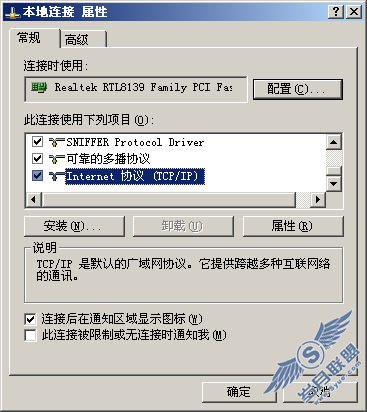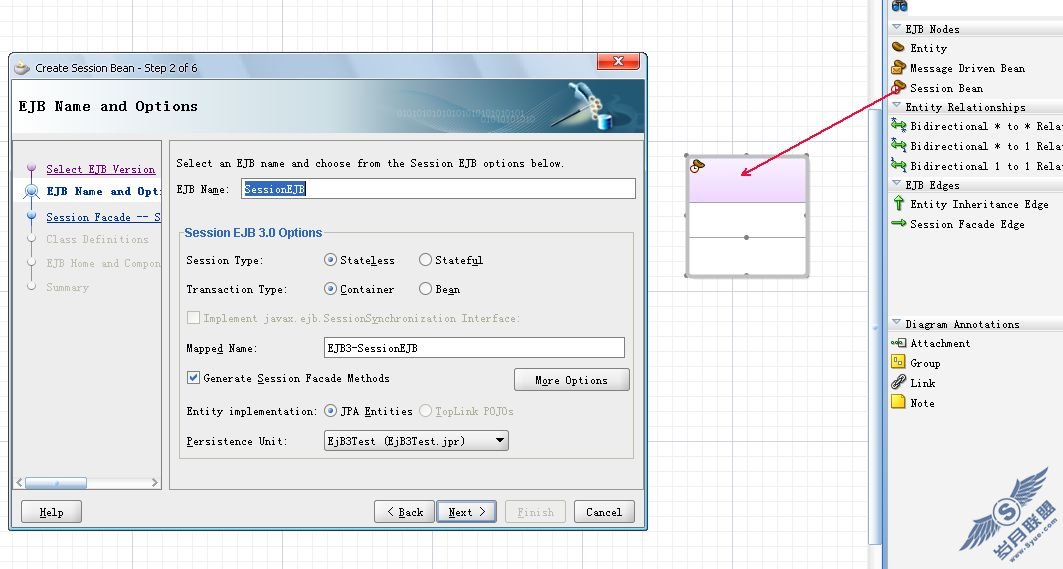EJB 的最佳实践:工业强度的 JNDI 优化
在这篇技巧文章中,我们将研究一些最常用的 JNDI 优化。特别地,我们将向您展示如何将高速缓存和通用助手类组合使用,以创建针对 JNDI 开销的工厂风格的解决方案。
减少上下文实例
清单 1 显示了一段典型的 EJB 代码,它需要多次 JNDI 查找。请花一点时间研究代码,然后我们将对它进行优化以获得更佳性能。
清单 1. 典型的 EJB 查找
public boolean buyItems(PaymentInfo paymentInfo, String storeName,List items) {// Load up the initial contextContext ctx = new InitialContext();// Look up a bean´s home interfaceObject obj = ctx.lookup("java:comp/env/ejb/PurchaseHome");PurchaseHome purchaseHome =(PurchaseHome)PortableRemoteObject.narrow(obj, PurchaseHome.class);Purchase purchase = purchaseHome.create(paymentInfo);// Work on the beanfor (Iterator i = items.iterator(); i.hasNext(); ) {purchase.addItem((Item)i.next());}// Look up another beanObject obj = ctx.lookup("java:comp/env/ejb/InventoryHome");InventoryHome inventoryHome =(InventoryHome)PortableRemoteObject.narrow(obj, InventoryHome.class);Inventory inventory = inventoryHome.findByStoreName(storeName);// Work on the beanfor (Iterator i = items.iterator(); i.hasNext(); )inventory.markAsSold((Item)i.next());}// Do some other stuff}
尽管这个示例多少有点刻意,但它确实揭示了使用 JNDI 时的一些最明显的问题。对于初学者,您应该问问自己,新建 InitialContext 对象是否必需。很可能在应用程序代码的其它地方已经装入了这个上下文,而我们又在这里创建了一个新的。高速缓存 InitialContext 实例会立即促使性能提高,如清单 2 所示:
清单 2. 高速缓存 InitialContext 实例
public static Context getInitialContext() {if (initialContext == null) {initialContext = new InitialContext();}return initialContext;}
通过对 getInitialContext() 使用助手类,而不是为每个操作都实例化一个新的 InitialContext,我们将遍布在应用程序中的上下文数量减少为一个。
线程化会怎么样?
如果您对此处提出的解决方案的线程化感到担心,那大可不必。两个线程同时进行 getInitialContext() 是绝对有可能的(从而一次创建两个上下文),但只有首次调用该方法时才会发生此类错误。因为问题至多只会发生一次,所以同步是不必要的,实际上,同步引入的复杂性比它所解决的复杂性更多。
优化查找
高速缓存上下文实例这个步骤的方向是正确的,但仅这样做,还不足以完成优化。我们每次调用 lookup() 方法时都会执行一次新查找,并返回 bean 的 home 接口的新实例。至少,JNDI 查找通常是这样编码的。但如果每个 bean 都只有一个 home 接口,并在多个组件上共享这个接口,这样不是更好吗?
我们可以高速缓存每个单独的 bean 引用,而不是反复查找 PurchaseHome 或 InventoryHome 的 home 接口;这是一种解决方案。但我们真正想要的是一种更通用的机制:在 EJB 应用程序中高速缓存 home 接口。
答案是创建通用助手类,它既可以为应用程序中的每个 bean 获取初始上下文,又可以为它们查找 home 接口。此外,这个类还应该能够为各种应用程序组件管理每个 bean 的上下文。清单 3 中所示的通用助手类将充当 EJB home 接口的工厂:
清单 3. EJB home 接口工厂
package com.ibm.ejb;import java.util.Map;import javax.ejb.EJBHome;import javax.naming.Context;import javax.naming.InitialContext;import javax.naming.NamingException;public class EJBHomeFactory {private static EJBHomeFactory;private Map homeInterfaces;private Context context;// This is private, and can´t be instantiated directlyprivate EJBHomeFactory() throws NamingException {homeInterfaces = new HashMap();// Get the context for caching purposescontext = new InitialContext();/*** In non-J2EE applications, you might need to load up* a properties file and get this context manually. I´ve* kept this simple for demonstration purposes.*/}public static EJBHomeFactory getInstance() throws NamingException {// Not completely thread-safe, but good enough // (see note in article)if (instance == null) {instance = new EJBHomeFactory();}return instance;}public EJBHome lookup(String jndiName, Class homeInterfaceClass) throws NamingException {// See if we already have this interface cachedEJBHome homeInterface = (EJBHome)homeInterfaces.get(homeClass);// If not, look up with the supplied JNDI nameif (homeInterface == null) {Object obj = context.lookup(jndiName);homeInterface =(EJBHome)PortableRemoteObject.narrow(obj, homeInterfaceClass);// If this is a new ref, save for caching purposeshomeInterfaces.put(homeInterfaceClass, homeInterface);}return homeInterface;}}
EJBHomeFactory 类内幕
home 接口工厂的关键在 homeInterfaces 映射中。该映射存储了供使用的每个 bean 的 home 接口;这样,home 接口实例可以反复使用。您还应注意,映射中的关键并不是传递到 lookup() 方法的 JNDI 名称。将同一 home 接口绑定到不同 JNDI 名称是很常见的,但这样做会在您的映射中产生副本。通过依靠类本身,您就可以确保最终不会为同一个 bean 创建多个 home 接口。
将新的 home 接口工厂类插入清单 1 的原始代码,这样将会产生优化的 EJB 查找,如清单 4 所示:
清单 4. 改进的 EJB 查找
public boolean buyItems(PaymentInfo paymentInfo, String storeName,List items) {EJBHomeFactory f = EJBHomeFactory.getInstance();PurchaseHome purchaseHome =(PurchaseHome)f.lookup("java:comp/env/ejb/PurchaseHome", PurchaseHome.class);Purchase purchase = purchaseHome.create(paymentInfo);// Work on the beanfor (Iterator i = items.iterator(); i.hasNext(); ) {purchase.addItem((Item)i.next());}InventoryHome inventoryHome =(InventoryHome)f.lookup("java:comp/env/ejb/InventoryHome", InventoryHome.class);Inventory inventory = inventoryHome.findByStoreName(storeName);// Work on the beanfor (Iterator i = items.iterator(); i.hasNext(); ) {inventory.markAsSold((Item)i.next());}// Do some other stuff}
随着时间的推进,除了更清晰之外(至少按我的观点),以上工厂优化的 EJB 查找将执行得更快。您第一次使用这个新类时,将花费所有正常查找开销(假定应用程序的其它部分没有付出过这种开销),但将来的所有 JNDI 查找都将继续使用原先的查找结果。还有必要指出,home 接口工厂不会干扰您容器的bean 管理。容器管理的是 bean 实例,而不是这些 bean 实例的 home 接口。您的容器还将管理实例交换,以及其它您希望它执行的任何优化。(责任编辑:龚勋)
